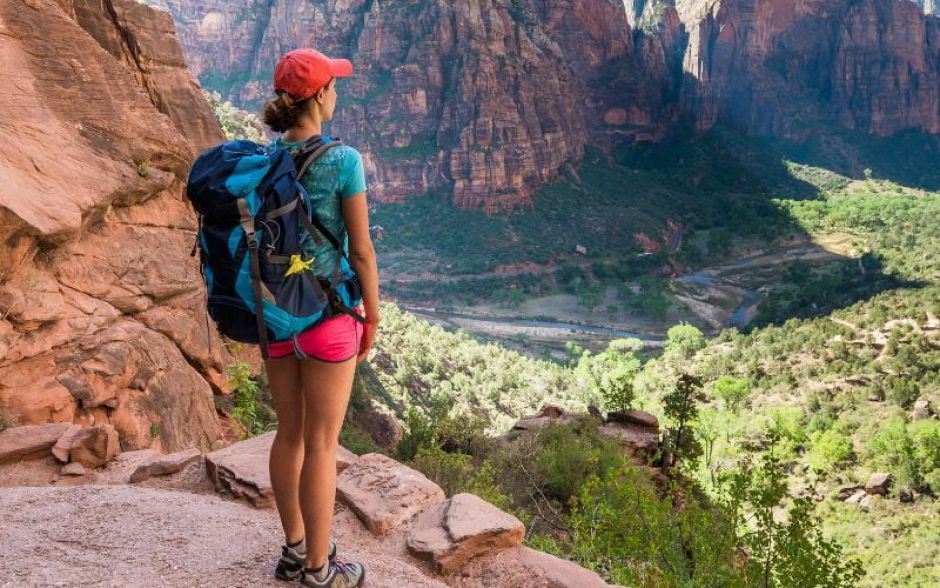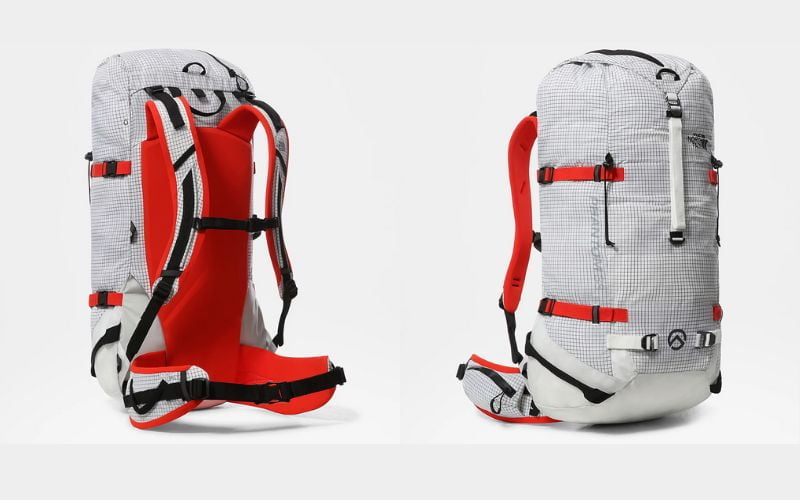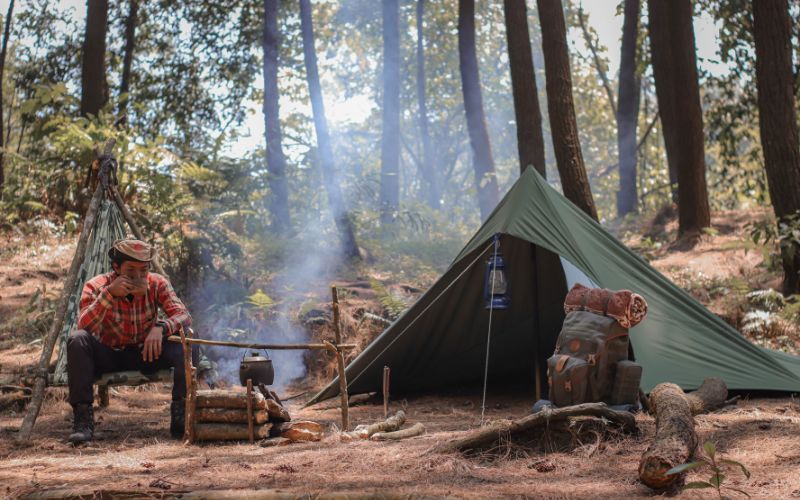
Backpacks: The Heart of Trekking Essentials Super Guide 2023
It is the Backpacks! When planning a trek, it’s the big, eye-catching equipment like tents and boots that often grab our attention. We ponder over which boot offers the best ankle support or which tent can endure extreme weather. Amidst these critical decisions, a piece of equipment that’s essential, yet frequently taken for granted, is the backpack. It’s not just a vessel to shove your gear into; it’s a meticulously designed companion, engineered to house everything you need for survival in the wilderness.

Acting as your silent supporter, it bears the weight of your essentials, from food and water to shelter and first-aid, ensuring they’re easily accessible throughout your journey. Furthermore, a well-chosen backpack can alleviate the physical strain of trekking, distributing weight efficiently and allowing you to cover ground without undue fatigue. Dive into this guide as we unravel the significance of backpacks in trekking, shed light on their multifaceted features, and guide you through making an informed choice for your next big adventure.
Table of Contents
Why Backpacks are Essential
- Protection from Elements: Modern backpacks are designed to protect your gear from various elements – rain, dust, and snow.
- Organizational Features: Multiple compartments mean easier access to items and better weight distribution.
- Ergonomic Design: Helps in maintaining posture, balance, and reduces the risk of back pain.

Choosing the Right Backpack for Your Trek
- Capacity: Your trip’s length often determines the size. Overnight treks might require 30-50L, while longer treks could necessitate 50-70L packs or even more.
- Fit: Ensure it fits well. Look for adjustable shoulder, waist, and chest straps.
- Weight: Lighter backpacks are in, but ensure the weight compromise doesn’t sacrifice essential features.
- Ventilation: Especially for strenuous treks, having a breathable back panel can reduce sweating.
- Water-resistance: Ensure the material and zippers offer adequate protection against rainfall.

Types of Backpacks
- Daypacks: Smaller bags meant for short day trips. Often 20-30L.
- Trekking Backpacks: Built for multi-day treks, ranging from 40-70L.
- Expedition Backpacks: Designed for long-term adventures, often exceeding 70L.

Features to Look For
- Hydration Reservoir: A built-in pocket for water bladders.
- Adjustable Straps: Helps in securing the load and distributing weight.
- Multiple Access Points: Top, side, and bottom access can be extremely handy.
- Rain Cover: While many backpacks are water-resistant, a rain cover offers added protection.
- Attachment Points: Useful for tying trekking poles, ice axes, or sleeping bags.

Caring for Your Backpack
- Cleaning: Always check the manufacturer’s label. Generally, it’s best to hand wash using a mild detergent.
- Storage: Store in a dry place, away from direct sunlight.
- Repairs: Address tears or damages immediately. Many brands offer repair services.
Eco-conscious Backpacking
A new trend has emerged, emphasizing eco-friendliness. Brands now create backpacks using sustainable materials, ensuring a smaller carbon footprint. As trekkers, choosing such options not only supports sustainable practices but also brings us closer to nature.
The Future of Backpacks
In the ever-evolving world of trekking gear, innovation is a constant. While the primary purpose of the backpack remains to carry and safeguard our essentials, the manner in which it does so is constantly being refined and reinvented. As we gaze into the horizon, there’s anticipation that backpacks will increasingly merge with technology. Imagine backpacks equipped with built-in solar panels, enabling trekkers to harness the sun’s power to charge their devices on the go. Think about enhanced GPS systems embedded within, ensuring that you’re never truly lost, even in the most remote corners of the world.
Furthermore, as we advance in our understanding of the human body and biomechanics, future backpacks might employ even more sophisticated weight distribution mechanisms, adapting in real-time to the trekker’s movements and terrain challenges. This would not only make treks more manageable but could also reduce the risk of injuries or strains. Additionally, with the increasing demand for sustainable products, we might witness a rise in eco-friendly materials, ensuring that our adventures leave a minimal carbon footprint. The future of backpacking gear, particularly backpacks, holds promise and excitement, offering trekkers enhanced experiences and a deeper connection with nature.
Conclusion
The Backpack is more than just storage; they’re a testament to a trekker’s preparedness and adaptability. Selecting the right backpack can greatly influence the trek’s experience, either enhancing your journey or becoming a burden. As you dive deeper into the world of trekking, remember to give The backpack their due consideration, ensuring they remain a pivotal point in your trekking essentials checklist.
You might also like:
Sharing would be nice:
Other Trekking Essentials:
Newsletter
About me
Meet Dennis, an enthusiast of the great outdoors. For the past 15 years, he’s maintained a daily routine that includes running, hiking, and hitting the gym, embodying a commitment to an active and healthy lifestyle.
Dennis is a true advocate for the joy and rejuvenation that outdoor living can bring.



